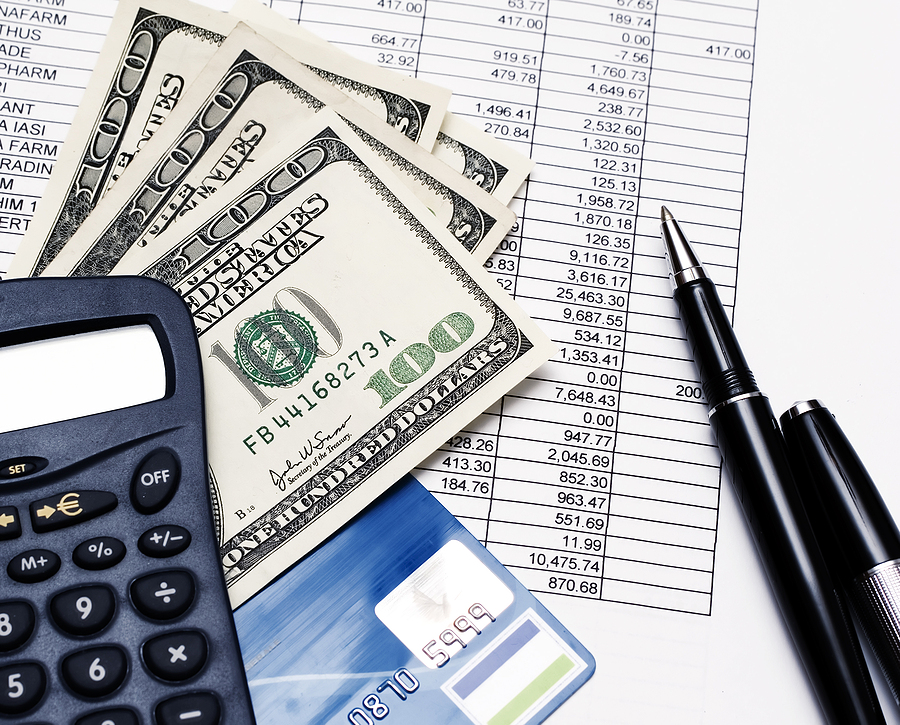When it comes to using a credit card, most people are familiar with making regular purchases and paying off their balance at the end of the month. However, there may be times when you need quick access to cash, and one option is to take a cash advance from your credit card. While this can be a convenient solution, it’s important to understand how interest works on credit card cash advances, as it can differ from the interest on regular purchases. In this article, we will explore the basics of interest rates on credit card cash advances and the factors that influence their cost.
Understanding Interest Rates on Credit Card Cash Advances
Interest rates on credit card cash advances are typically higher than those on regular purchases. While the interest rate for purchases can vary depending on your creditworthiness and the credit card issuer, cash advances usually carry a higher interest rate, often starting from the moment you withdraw the cash. Unlike regular purchases, which may have a grace period where no interest is charged if the balance is paid in full by the due date, cash advances do not usually have such a grace period. This means that interest begins accruing immediately, making cash advances more costly in the long run.
Furthermore, the interest rates on cash advances are frequently higher than even the highest interest rates for purchases. This is because cash advances are considered riskier for credit card companies. The higher interest rate compensates them for the increased risk of providing cash upfront. As a result, it’s important to be cautious when considering a cash advance and to explore alternative options if possible.
Factors Influencing the Cost of Credit Card Cash Advance Interest
Several factors can influence the cost of credit card cash advance interest. Firstly, the interest rate itself is a significant factor. As mentioned earlier, cash advances generally have higher interest rates than regular purchases. It’s crucial to check your credit card agreement or contact your card issuer to determine the specific interest rate for cash advances on your card. Additionally, the amount of cash you withdraw can impact the interest cost. Larger cash advances will result in higher interest charges.
Another factor is the repayment period. The longer it takes to repay the cash advance, the more interest you will accumulate. It’s advisable to pay off the cash advance as soon as possible to minimize interest costs. Additionally, some credit cards have additional fees associated with cash advances, such as a flat fee or a percentage of the total amount withdrawn. These fees can further increase the overall cost of the cash advance.
Understanding how interest works on a credit card cash advance is essential for making informed financial decisions. While cash advances can provide a quick solution during emergencies or when cash is needed, they can also be costly due to higher interest rates and additional fees. It’s crucial to carefully consider the need for cash before opting for a cash advance and to explore alternative options if available. By understanding the factors that influence the cost of credit card cash advance interest, you can make wiser financial choices and potentially save money in the long run.


